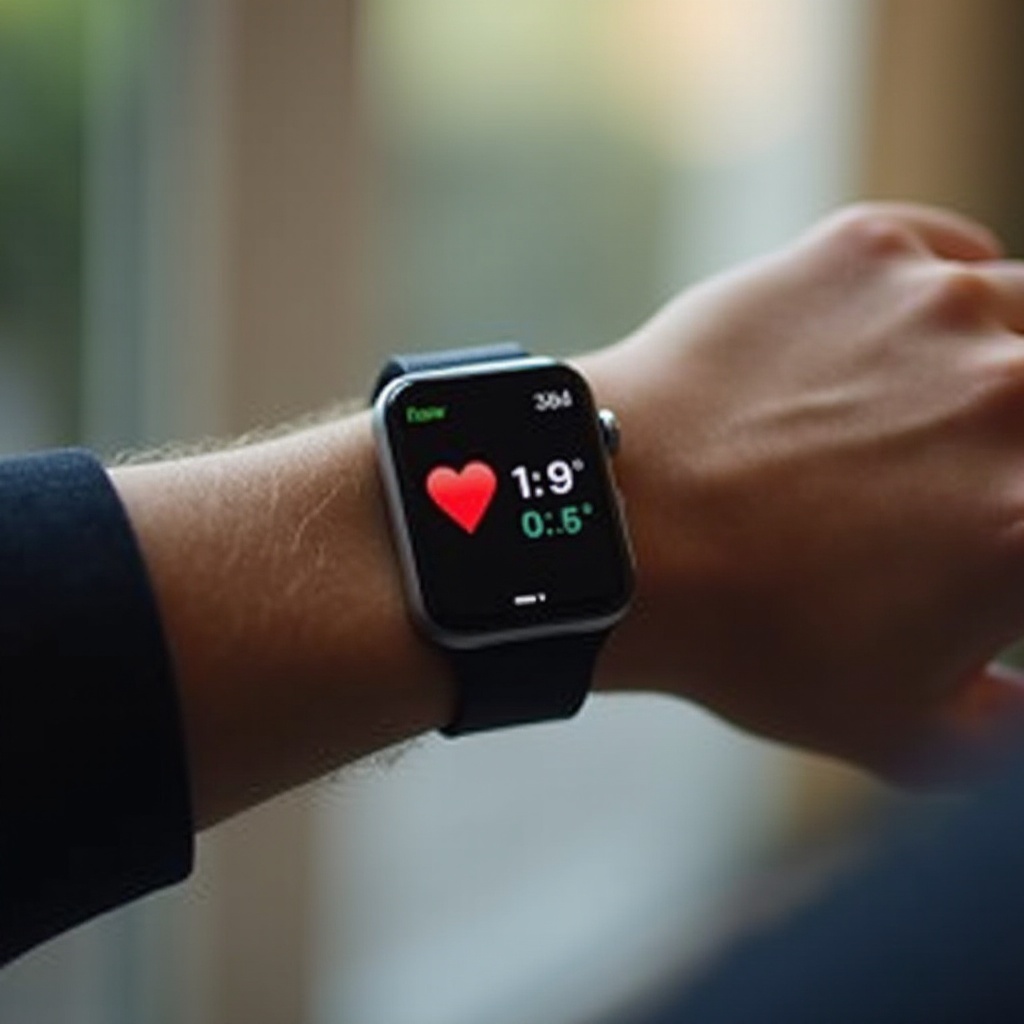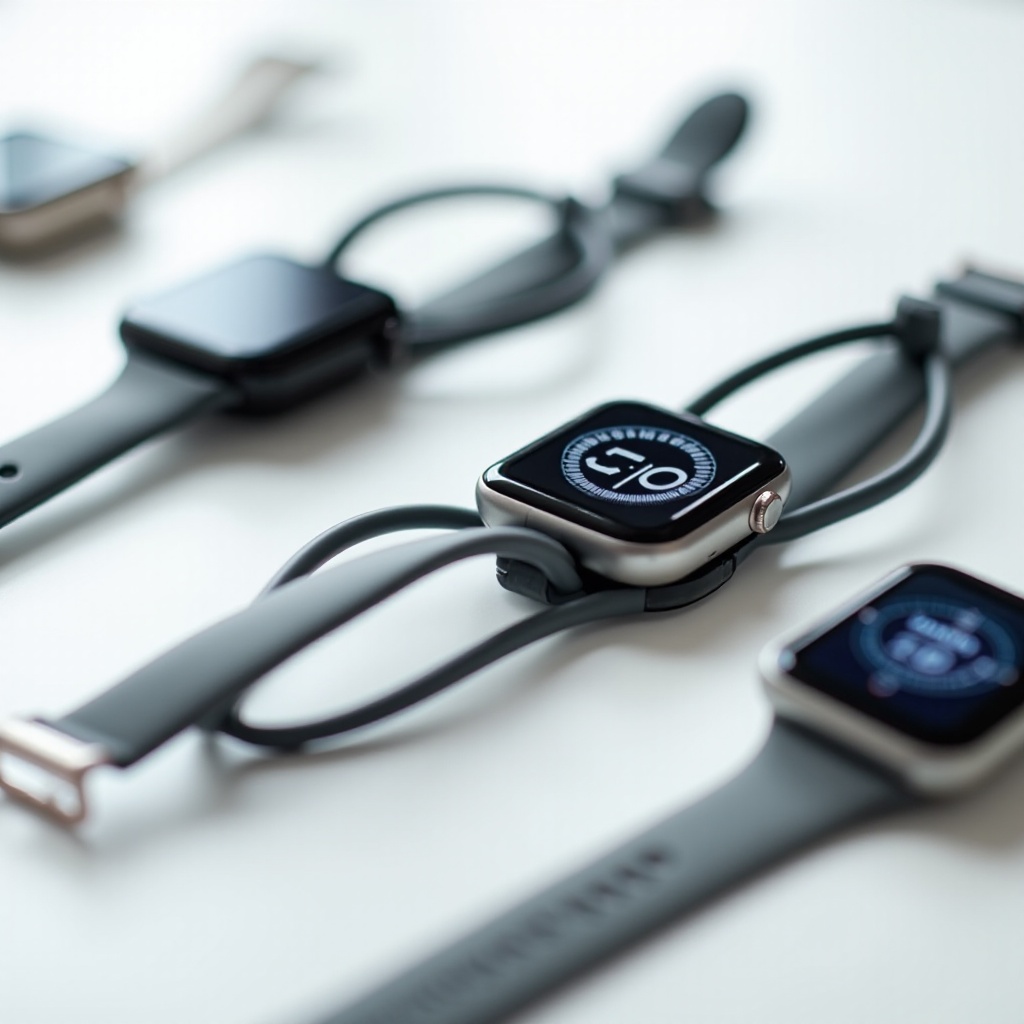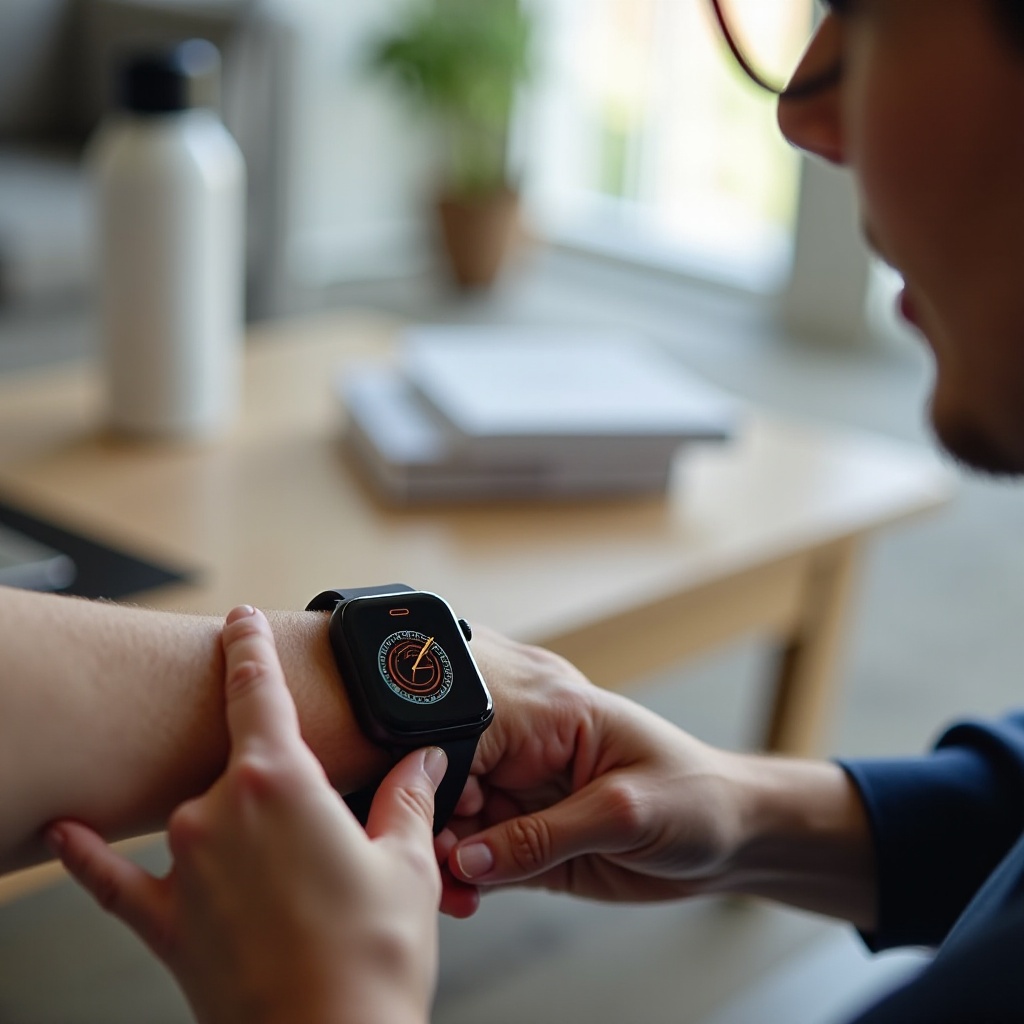Introduction
Monitoring your blood pressure is crucial for maintaining good health and preventing potential cardiovascular diseases. With innovative technology at our fingertips, many of us rely on smart watches to help track various health metrics. One of the most sought-after features in smart watches today is the ability to measure blood pressure. This guide will walk you through the importance of monitoring blood pressure, which smart watches can measure it, how they work, and a step-by-step guide to get accurate readings.

Understanding Blood Pressure and Its Importance
Blood pressure is the force exerted by circulating blood against the walls of your arteries. It is vital to keep this pressure within a healthy range to ensure that your heart and blood vessels function effectively. Abnormal blood pressure levels can lead to harmful conditions such as hypertension, heart disease, and stroke. Consistent monitoring allows you to detect any changes early and take appropriate action, helping maintain your overall health and well-being.
Which Smart Watches Can Measure Blood Pressure?
Several smart watches on the market are equipped with the ability to measure blood pressure. Some of the notable ones include the Samsung Galaxy Watch, Omron HeartGuide, and various models from brands like Garmin and Fitbit.
- Samsung Galaxy Watch: Known for its advanced health-tracking capabilities.
- Omron HeartGuide: Specifically designed to measure blood pressure using oscillometric techniques, similar to traditional cuffs.
- Garmin: While primarily focusing on fitness, some models offer blood pressure monitoring features.
- Fitbit: Offers comprehensive health functionalities, including monitoring blood pressure through compatible apps.
When choosing a smart watch, ensure it meets your specific health needs and is compatible with your smartphone for seamless data synchronization.

How Do Smart Watches Measure Blood Pressure?
Smart watches use a combination of sensors and advanced algorithms to measure your blood pressure. Typically, they rely on optical sensors and photoplethysmography (PPG), which tracks the blood flow in your wrist.
- Sensors: These detect changes in blood volume by shining light through the skin.
- Algorithms: Analyze the data to calculate systolic and diastolic pressure based on pulse transit time (PTT).
While these methods differ from traditional cuff measurements, they provide a convenient and non-invasive way to monitor your blood pressure regularly.
Step-by-Step Guide to Checking Your Blood Pressure with a Smart Watch
Setting Up Your Smart Watch
- Charge Your Device: Ensure it is fully charged to avoid mid-measurement disruptions.
- Install The Relevant App: Download and install the compatible health-tracking app on your smartphone.
- Pair Your Devices: Connect your smart watch to your smartphone via Bluetooth.
How to Properly Wear Your Smart Watch
- Placement: Wear the watch on your non-dominant wrist to minimize movement.
- Fit: Ensure the watch is snug but not too tight, about one finger-width above your wrist bone.
Performing the Blood Pressure Measurement
- Calibrate: Some devices require initial calibration using a traditional cuff.
- Rest: Sit comfortably with your arm at heart level for a few minutes before taking a reading.
- Measure: Follow the app’s instructions to start the measurement process.
Tips for Accurate Readings
- Consistency: Take readings at the same time each day.
- Environment: Avoid measuring right after strenuous activities or in stressful situations.
- Stability: Keep still during the measurement for accurate results.
Interpreting Your Blood Pressure Readings
Understanding your blood pressure readings is essential. It is usually represented as systolic over diastolic (e.g., 120/80 mmHg).
- Normal: Systolic < 120 mmHg and Diastolic < 80 mmHg.
- Elevated: Systolic between 120-129 mmHg and Diastolic < 80 mmHg.
- Hypertension: Systolic ≥ 130 mmHg or Diastolic ≥ 80 mmHg.
Regularly tracking and interpreting these numbers helps you understand your cardiovascular health and seek medical intervention if necessary.

Common Issues and Troubleshooting
Smart watches can sometimes present challenges. Here are some common issues and how to troubleshoot them:
- Inconsistent Readings: Ensure the watch is worn correctly and measurement conditions are consistent.
- Pairing Problems: Reboot both the watch and the smartphone.
- App Issues: Ensure both the watch and app are updated to the latest versions.
If problems persist, refer to the user manual for further assistance or contact customer support.
Conclusion
Measuring blood pressure with a smart watch is a practical way to stay proactive about your health. This guide provided you with critical information on how to properly set up, use and interpret the readings from your smart watch. By following these steps and tips, you can ensure accurate monitoring and maintain better overall health.
Frequently Asked Questions
How accurate are smart watches for measuring blood pressure?
Smart watches can provide reasonably accurate readings, though they may not be as precise as traditional cuffs. Accuracy improves when users follow guidelines for proper use and calibration.
Can I use a smart watch to replace traditional blood pressure monitors?
While smart watches offer convenient monitoring, they should not completely replace traditional monitors, especially for individuals with medical conditions. Use them as supplemental tools alongside professional advice.
What should I do if my smart watch gives inconsistent readings?
Ensure the watch is worn correctly, follow consistent measurement times, and maintain a stable position during readings. If inconsistencies persist, refer to the device’s troubleshooting guide or seek professional advice.

